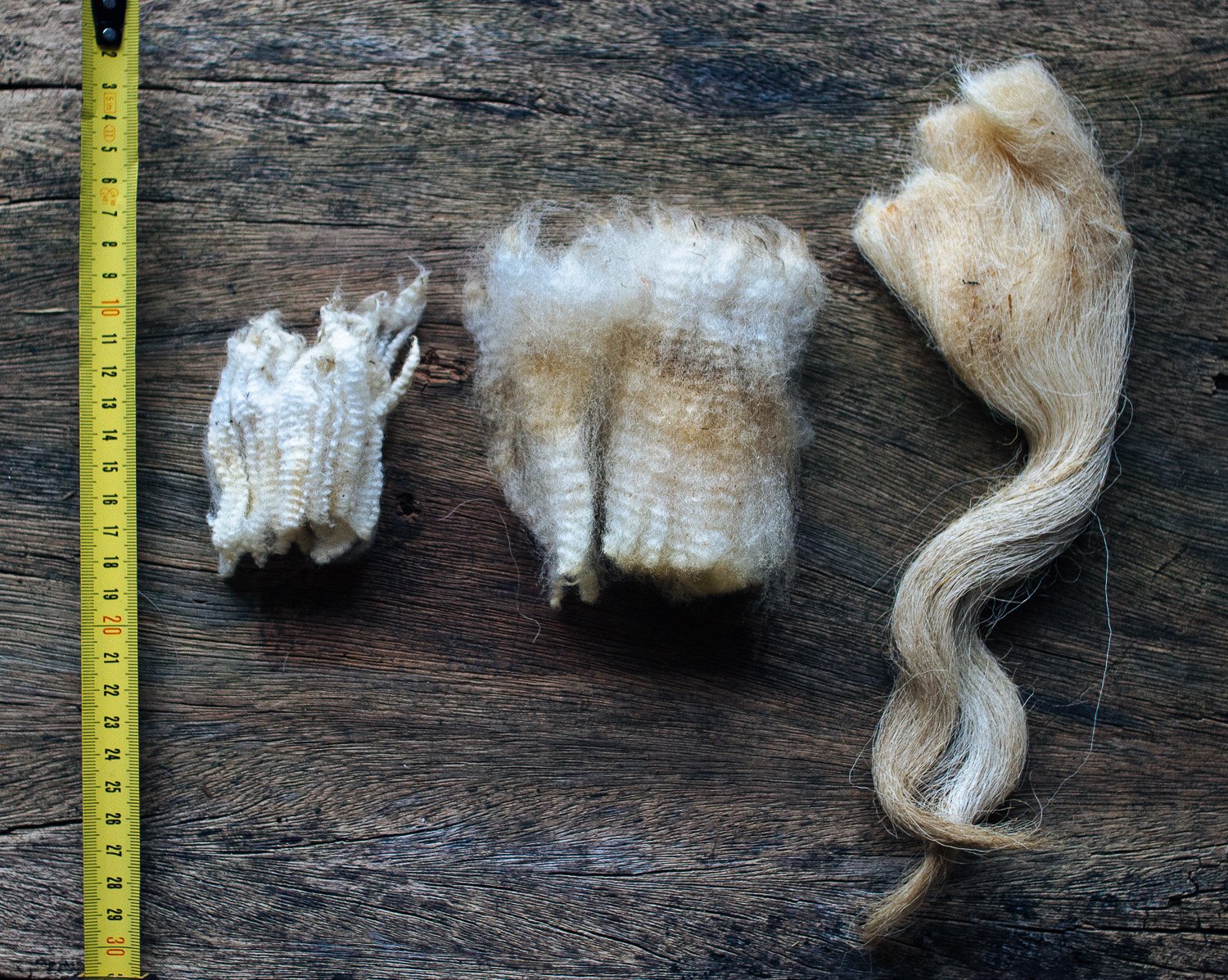Blog

Churras. Bordaleiras. Merinas.
The 16 indigenous Portuguese sheep breeds can be grouped into three main groups, which are directly related to the type of wool they produce: Churros, Bordaleiros or Merinos. Knowing the basic characteristics of the wool produced by these three groups is a very effective way of getting a general idea of what a particular breed produces, despite the great variations that can arise due to the influence of various factors.

Combing and the other side of Portuguese wool
Combing wool with Louet's mini combs has been one of my latest pleasures. And combing this gorgeous light gray portuguese merino that I brought from Ancorme a few weeks ago, makes it even more so. I don't know if you can see in the photos how the light brown shades show in the roving. It's beautiful.

Hanging around Portuguese wool
Today, a day spent organizing samples from raw fleeces from all our local sheep breeds, for a small exhibition that will happen in late September. So many different wools for such a small country!

Being Merino in Portugal
The merino confusion began with our work on portuguese wools, when terms we had been using for some time got mixed up with new terms we were learning. Merino, Merino Alentejano, Merina Branca, Merina Preta, Merina da Beira Baixa, merino extra, merino fino, merino médio e merino forte. What do they mean, and how do they relate to each other?

Portuguese wool from north to south
These are only a few of the packages that have been arriving to Serralves, from all over the country, filled with raw wool from all our sheep breeds. Since late April that we have been working hard at making the necessary contacts to be able to have all this material gathered, and start what, along with the development of the three textile fiber cycles, I also proposed to do this year for the Saber Fazer em Serralves program: a little book dedicated to analyzing and comparing all the wools produced by our local sheep breeds.

